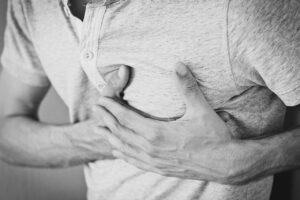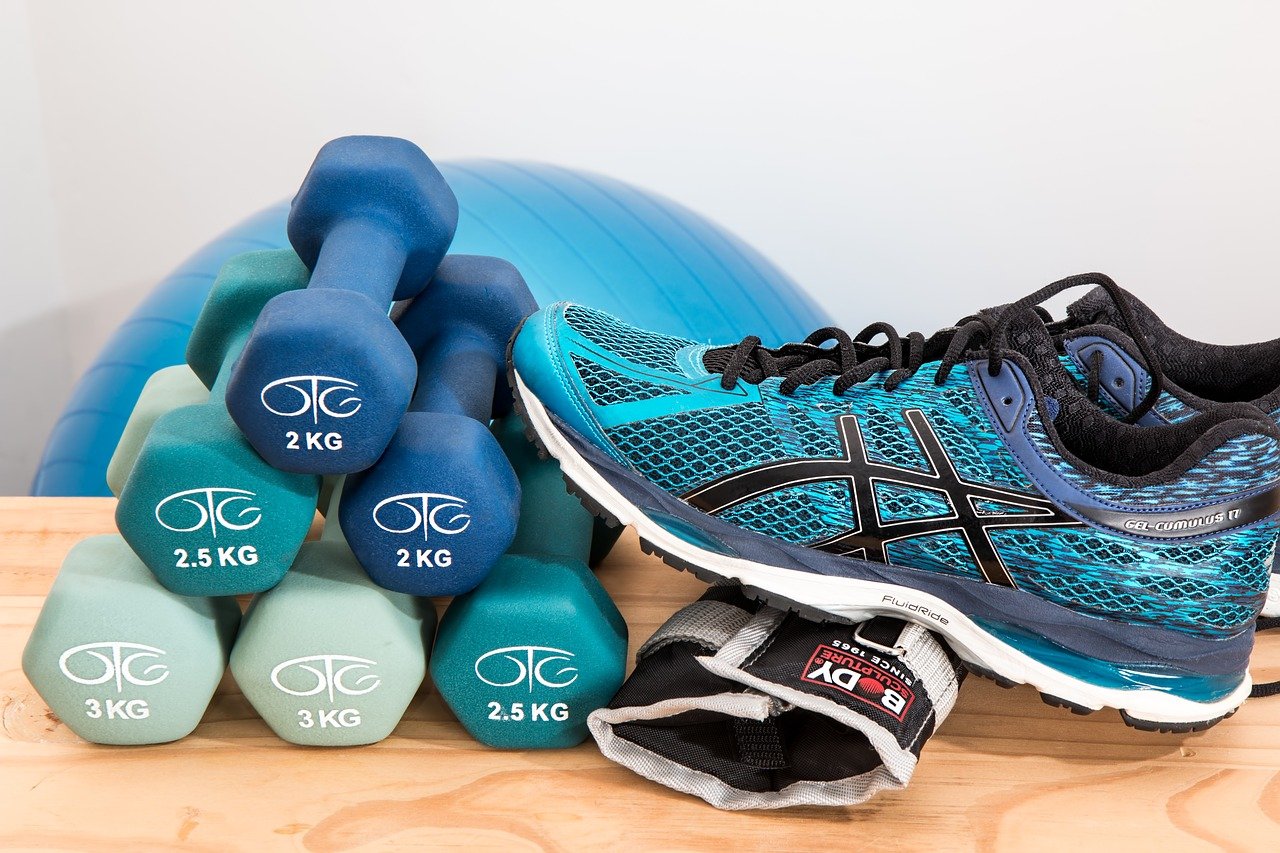Being physically active or doing regular exercise promotes better health. Exercise improves the condition of the heart and circulatory system. Regular, moderate exercise helps the heart by reducing the risk factors that may cause heart disease. Exercise trains our heart to handle more stress and improves blood flow to other organs of the body.
There are other benefits that can be derived from exercise, such as lowering of high cholesterol levels and high blood pressure, improving blood sugar levels, and reducing the possibility of inflammation. But in some cases, too much exercise can do more harm than good. In this article, we will discuss when to stop exercising.
9 Signs Telling You When to Stop Exercising
1. You feel chest pain, pressure, or discomfort
 This is considered to be the most severe warning sign. The occurrence of a heart attack during exercise is rare, but it is possible for those who have an underlying heart problem. This may be aggravated if a person does not know that he or she has a heart ailment until the warning signs appear.
This is considered to be the most severe warning sign. The occurrence of a heart attack during exercise is rare, but it is possible for those who have an underlying heart problem. This may be aggravated if a person does not know that he or she has a heart ailment until the warning signs appear.
During such instances, the workout should be stopped immediately and the patient must be given immediate medical attention. Women may have additional symptoms like nausea, coughing, discomfort in the jaw, throat, or back, and headache. Do not ignore these symptoms because they are warning signs that something fatal may happen.
2. You “feel the burn”
Lactic acid is produced when our body breaks down carbohydrates to be used as energy, making our muscles acidic. This increases muscle strength and endurance, but it is recommended that when you feel the burning sensation, begin exercising at lower intensity until the burn disappears. Then gradually increase the intensity again. Repeat this procedure throughout your workout.
3. Pain or tenderness that does not subside
If you feel that there is pain or tenderness in a specific part of your body while exercising, stop for the day to protect you from getting an injury to your muscles, tendons, or ligaments due to overuse. Do not resume exercising until after the pain or tenderness is gone.
4. Headache, severe muscle burning, chills, or blurred vision
These are symptoms that you may be having a heat stroke, which is a potentially fatal condition. Your body temperature is so high that you need to be cooled immediately to prevent brain damage, so exercising should be stopped at once.
5. Sore, stiff muscles after one day of the workout session
 Also called delayed-onset muscle soreness (DOMS), this often occurs 8 to 24 hours after an intense exercise that gives too much stress to your muscles. If this happens, exercise at a minimum level until the soreness disappears. Then you can resume your workout routine.
Also called delayed-onset muscle soreness (DOMS), this often occurs 8 to 24 hours after an intense exercise that gives too much stress to your muscles. If this happens, exercise at a minimum level until the soreness disappears. Then you can resume your workout routine.
6. An elevated heart rate upon awakening
One way of checking your fitness level is by measuring your resting heart rate. This is the number of heartbeats / minute while you are at rest. Generally, it should be under 75 beats per minute. As your fitness and cardio levels improve, the heart rate will gradually drop, which means that your heart and muscles are now working more efficiently.
7. Swelling or pain in joints
Sometimes it is okay to ignore minor muscle pain, but it is a different matter for joint pain. Any kind of swelling indicates that acute damage happened to the soft tissue or joint. Too hard or too fast training or exercise might cause injuries, so consult a gym instructor or coach for safety tips. If you notice that your tendons are painful and your muscles get tired easily, stop exercising and consult a doctor.
8. Bruising even if you did not bump into anything
If you feel any kind of twinge, then notice a bruise in that same area even though you did not bump into anything, you have to put your workout on hold. Bruising usually means that there is some sort of internal tear. It may be a small, micro-tear that requires a few days rest; but it can also be a full tear. The only way to check is through a doctor or physical therapist.
9. Exhaustion
 It’s normal to feel tired after a good workout. But if you are dragging yourself over several days, you have gone too far. Exhaustion is a clear sign that you are overtraining. And it is bad for your muscles and state of mind. People who work out too much may experience burnout, which can lead to anxiety and mood problems.
It’s normal to feel tired after a good workout. But if you are dragging yourself over several days, you have gone too far. Exhaustion is a clear sign that you are overtraining. And it is bad for your muscles and state of mind. People who work out too much may experience burnout, which can lead to anxiety and mood problems.
What Is the Difference Between Burnout and Overtraining?
Burnout is a form of physical or mental exhaustion. It can be due to not taking enough rest days or having no motivation to work out. You may also feel heavily fatigued, hit an exercise plateau, or get bored during a workout. Burnout can be avoided by making sure to get enough rest in between workouts and mixing things up with your workout routine.
When we exercise very intensely, our muscles are stressed. Proper rest and nutrition allows them to adapt and grow stronger. So after exercising, one may feel sore or fatigued, since the body needs to repair the damage to become stronger.
Overtraining happens when the body is not given ample time to repair itself. This often occurs when one stops paying attention to what his or her body is saying and continues to exercise, despite feeling discomfort. Muscle soreness and fatigue which lasts longer than expected is a sign that your body needs a break.
Conclusion
Exercising regularly is a wonderful outlet for stress and helps prevent depression and anxiety. It will also help you become energized, fit, and clear-minded. So, when to stop exercising? Listen to your body. Be aware of overtraining and the danger signs mentioned above. Make sure you get enough rest to allow your body to rebuild.
Do you want to learn the principles and techniques of how to properly exercise? Sign up to FITin56 now!


Awesome ADVICE